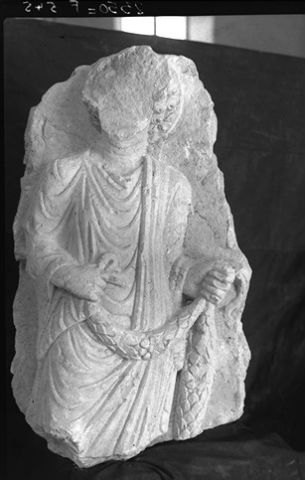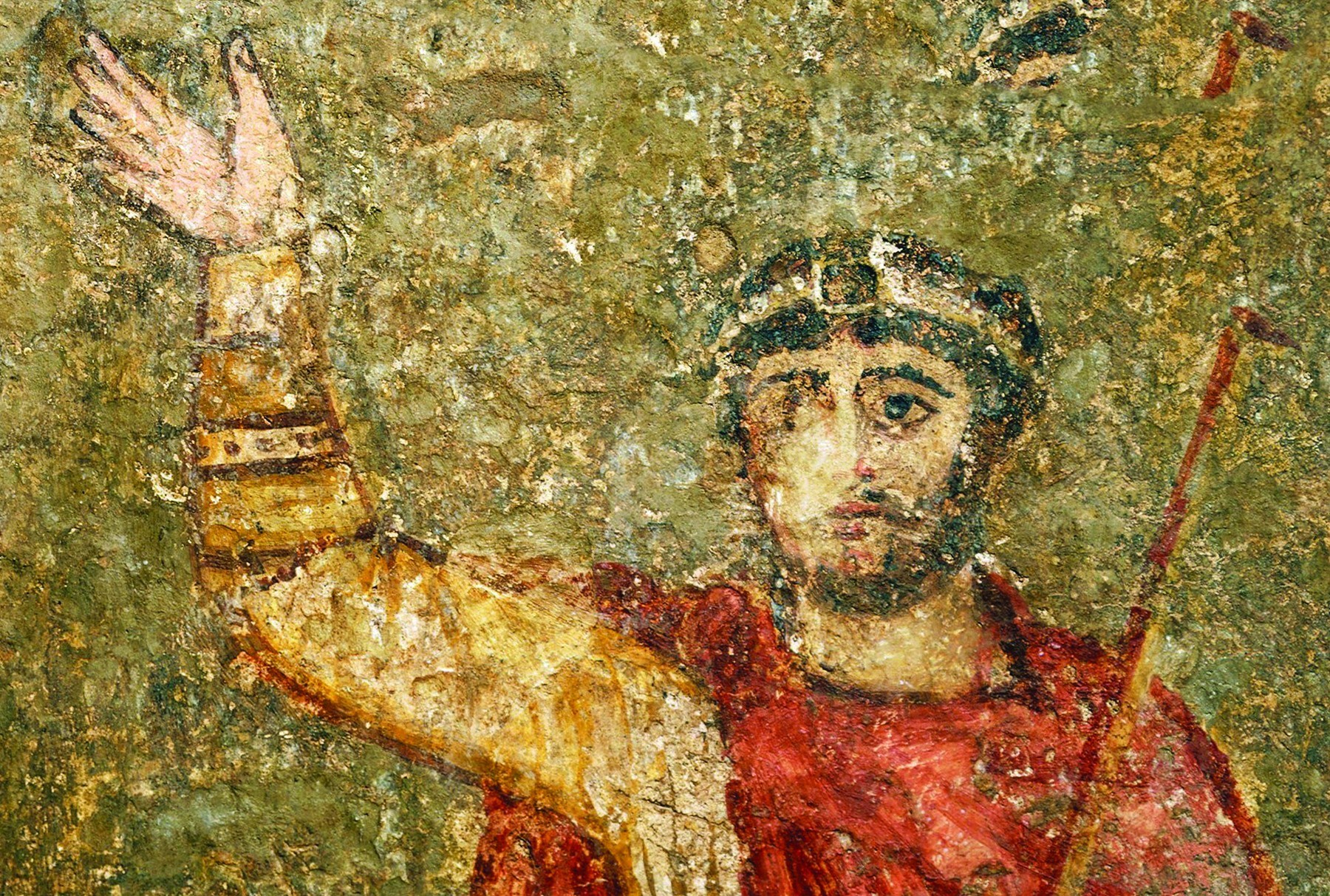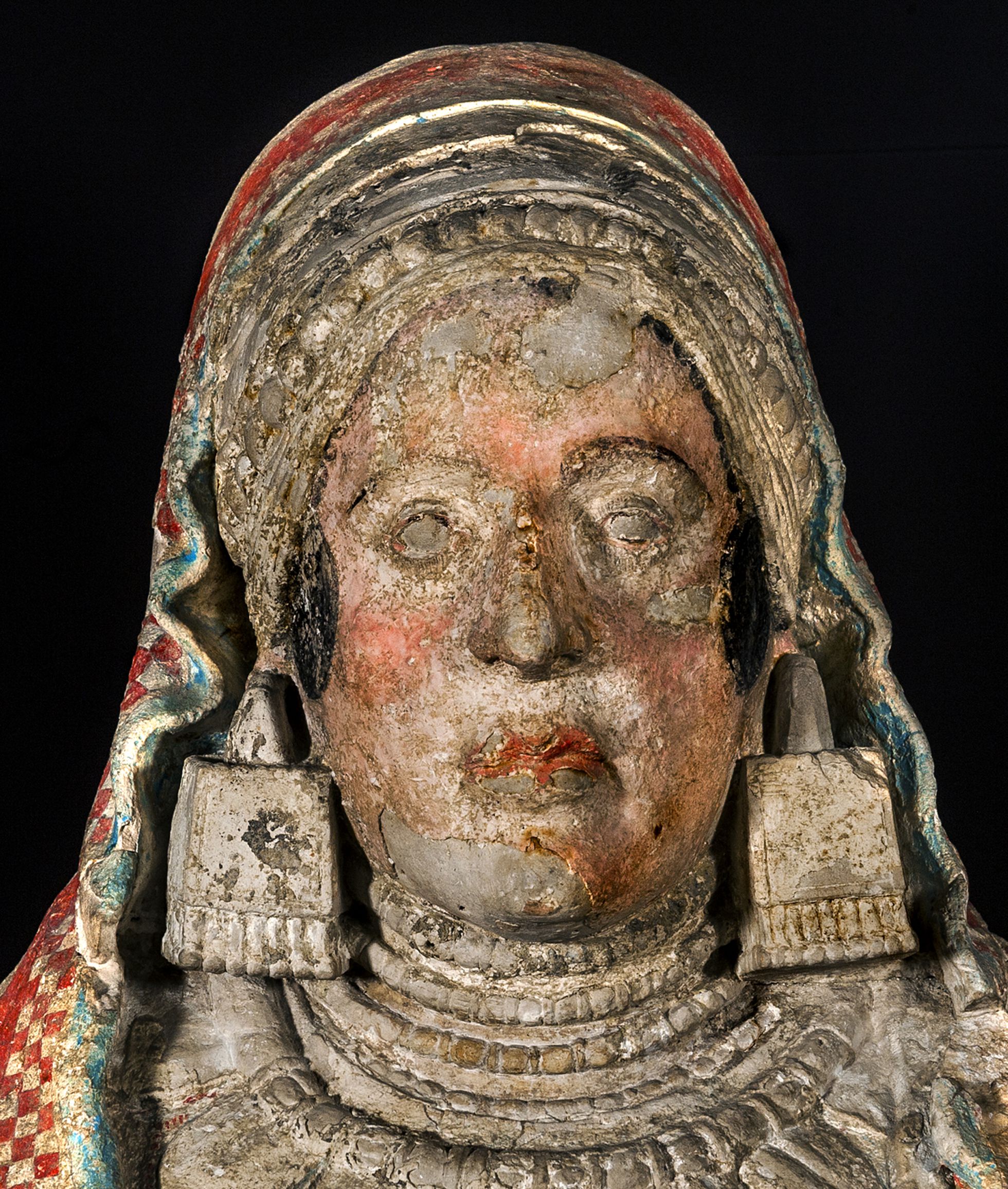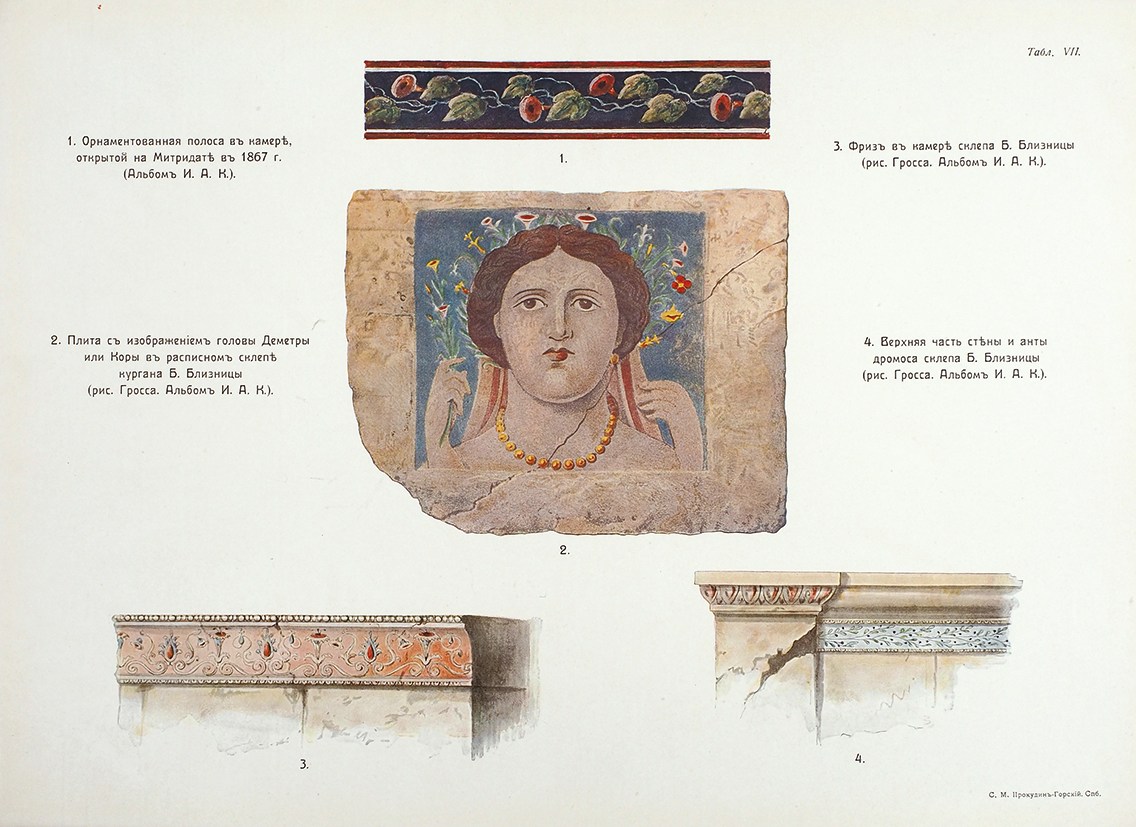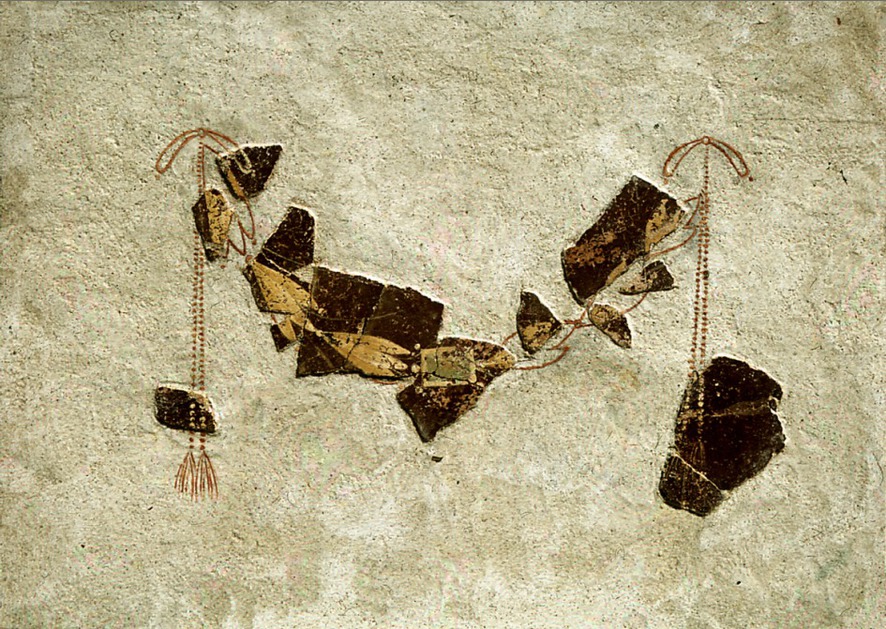
“It was found in 1836 between the peristyle and the pronaos of the Parthenon. It is welded and completed while some parts are missing. One of them was lost in modern times, but it is known from a model of the throne located in Berlin.
On the upper outer part of the backrest (back) are preserved three of the letters of the inscription that were engraved in the lost part: [ΕΠΙ —] ΡΑΤΟ ΑΡ [Χ] ΟΝΤΟ [Σ]. This is a reference to a surname Lord whose name ends in “… stratos”, such as Kallistratos, Last Name Lord of the 4th C BCE or Demostratos, Last Name Lord of the 2nd C CE.
The throne has solid sides, rounded backrest and is decorated with embossed hybrid beings of eastern origin. The back of the back depicts a male winged figure, whose legs mutate into helical shoots with palm and thorn leaves. She is dressed in a long-sleeved Persian dress and, as we know from similar thrones, she would wear a polo and a ribbon on her bearded head. The armrests of the seat are in the form of winged lions with a snake body and a tail in the shape of a thorn.
The date of the throne is not certain. Some consider it an original work of the 4th C BCE while others copy of the 2nd C CE. In any case it comes from an ancient public building but after the conversion of the Parthenon into a Christian church it was moved there and used as an episcopal throne.”
Acropolis Museum Acr. 1366

the “throne of Gregory the Great”, a marble seat from the 1st C BCE., Rome
source Anthony Majanlahti

Ivory with gold miniature of Sabazios from the tomb of Alexander IV at Aigai, 311 BCE
Photo by Mary Harrsch
“Ivory with gold miniature of Sabazios from the tomb of Alexander IV at Aigai, 311 BCE. The garments worn by this half-man, half-plant, demon-like figure recall Sabazios, a Thracian deity identified with Dionysus. This hybrid creature, with both Greek and Oriental features celebrates the co-existence and synthesis of different cultures reflected in the unity Alexander imposed on his empire. The miniature was part of the rich decoration on a couch found in the younger Alexander’s tomb.” Source Mary Harrsch from Wiki >>
Burial customs, Angeliki Kottaridi
The fragment depicting the torso of a bearded man with outstretched arms is a part of a decoration of an ivory with gold funerary couch (kline) from the so-called Tomb of the Prince at Vergina (Tomb IV). This figure belongs to the Dionysiac thiasos or procession.

Musée du Louvre, MNB 671 
Musée du Louvre, MNB 671
Vegetal being (winged woman, kalathos, chitôn)
LITERATURE
The Marble Throne on the Akropolis and Its Replicas
Gisela M. A. Richter https://www.jstor.org/stable/500380
Richter, G.M.A. 1966. The Furniture of the Greeks, Etruscans, and Romans. London: Phaidon Press.
Raphael’s Reconstruction of the Throne of St. Gregory the Great
Philipp Fehl https://www.jstor.org/stable/3049126
Burial customs and beliefs in the royal necropolis of Aegae
Angeliki Kottaridi academia.edu








